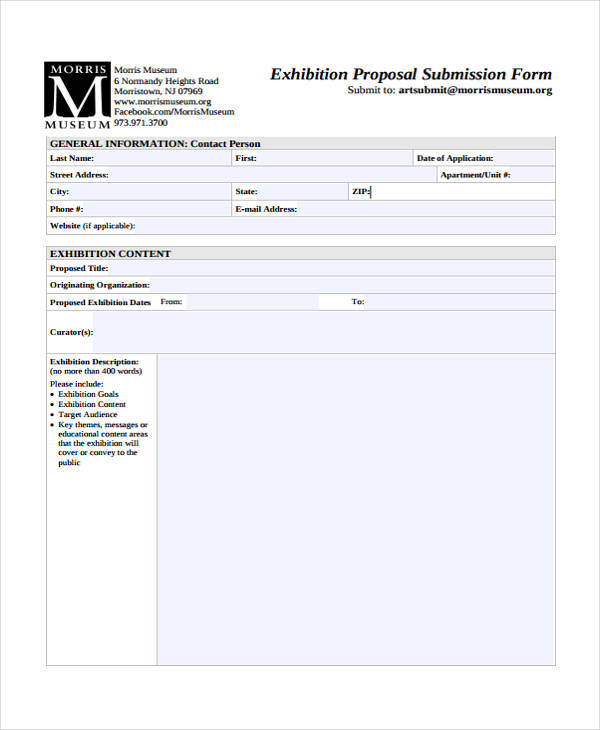

- #Photoshop 101 for photographers free pdf series#
- #Photoshop 101 for photographers free pdf windows#
Keep in mind that the layer on the top will be most visible. You can, however, reorder your layers by moving them up or down by simply dragging them. This means that the layer on top “covers” everything below it. Of course, in doing so, you will no longer have the ability to access those individual layers later. If you are finished with your edits and don’t need a large PSD file, you can merge all the layers (or flatten the file) and save it to a smaller, more compressed file type, such as a jpeg.

Of note, saving it this way increases the size of your file. You can save the edits as a Photoshop ( PSD) file, close it and open it at a later date to find all your layers (and changes) as you left it. This is why it is a good practice to name your layer (Step 3 above) based on what you are using the layer for. When there are several layers, your changes only affect the layer that is active or selected. An easy way to understand what the different blending modes do is to duplicate your image (as described above) and cycle through them. These “modes” are set to Normal by default and control how pixels on the different layers interact with each other. This is done by painting either white (to make it visible) or black (to make it invisible).Īt the upper left corner of the Layers panel is the blend modes drop-down menu. An even simpler definition is that a layer mask can make a layer visible or invisible. Layer MasksĪ Layer mask is another non-destructive editing technique in Photoshop, used to control the transparency of the layer you apply it to.
#Photoshop 101 for photographers free pdf windows#
You can access the Adjustments Layer menu at the bottom of the Layers panel or choose Windows and check the Adjustments option.
#Photoshop 101 for photographers free pdf series#
These adjust the layer below them.Īdjustment layers do not actually contain any pixels but instead are a series of instructions for Photoshop on what changes you ask it to make. Notice how adjustment layers look different from other layer types. One thing to remember, however, is that if you resize your entire document (via menu->image->image resize) at any point, that is a form of destructive editing, and you will lose image quality if you try to resize it back to the original size later. This is a form of non-destructive editing.

This allows you to go back to your original image at any time, simply by hiding layers, or deleting them entirely. psd file and this maintains all your layers). Also, you may like some changes, but not others, and there is no way to go back to just that change without undoing other changes you have made too.Īlternatively, when you edit your image on separate layers, both the edited image and the original save (they are saved to a. While you can undo your changes, if you exceed the number of “ undos” you can apply, those changes commit. This happens if you edit your original image/background layer when working in Photoshop. It is a way to work non-destructivelyĭestructive editing occurs when you move and change the pixels directly in your original image. Now that you have an idea of what a layer is, here is why you should use them: 1. The first time you open Photoshop, by default, the layers panel is on the right side of your screen and your image opens as a layer named “Background”. When you add/change/remove any of the layers, what you see at the top of the stack forms your entire image. So, what exactly is a Photoshop layer? Quite simply put, if you imagine a stack of transparent paper, each sheet is equivalent to a Photoshop layer. This introduction to Photoshop Layers for beginners will help you learn a great editing habit.


 0 kommentar(er)
0 kommentar(er)
